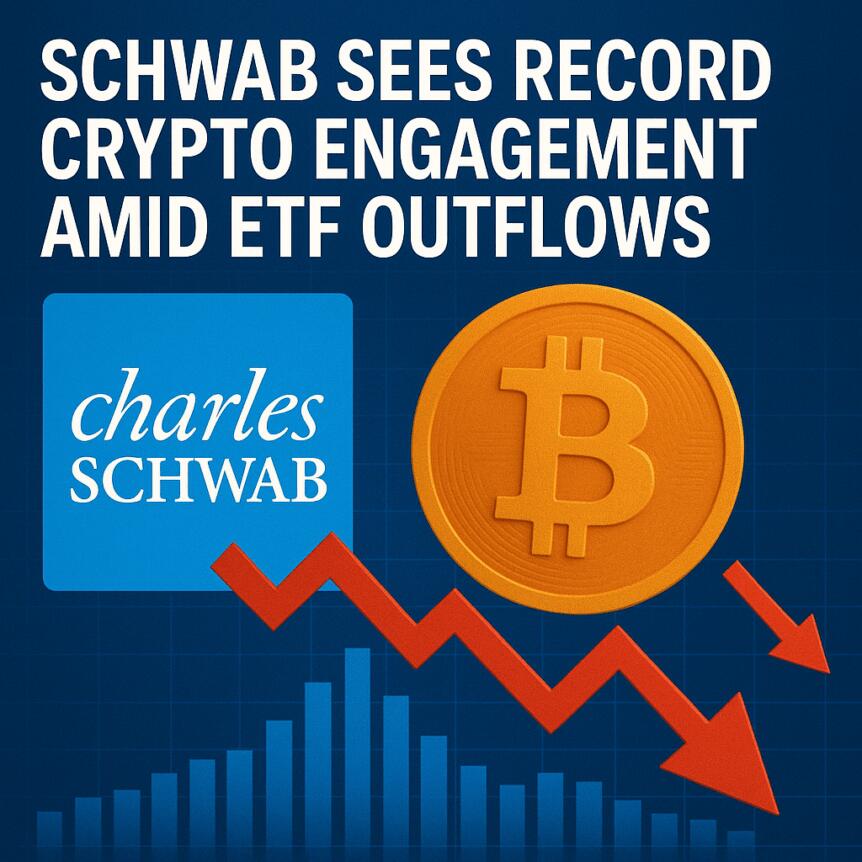Market Pulse
The convergence of traditional finance (TradFi) and decentralized finance (DeFi) continues to accelerate, with one particularly potent catalyst emerging as a dominant trend: the tokenization of real-world assets (RWAs). This innovative application of blockchain technology is not merely a theoretical concept but a burgeoning sector actively reshaping how institutions perceive and interact with assets, promising unprecedented efficiencies, liquidity, and accessibility across diverse markets. As the crypto ecosystem matures, RWA tokenization stands out as a critical bridge, drawing significant institutional attention and investment, poised to unlock trillions in value.
What is Real-World Asset (RWA) Tokenization?
At its core, RWA tokenization involves representing ownership rights or fractional interests in tangible or intangible assets on a blockchain. These assets can range from real estate, government bonds, and precious metals to intellectual property, art, and even carbon credits. By converting these assets into digital tokens, they inherit the inherent advantages of blockchain technology, including enhanced transparency, immutability, and programmability. This process typically involves a legal wrapper that links the on-chain token to the off-chain asset, ensuring legal enforceability and clear ownership.
The Institutional Imperative: Why TradFi is Embracing RWAs
Traditional financial institutions are increasingly exploring RWA tokenization due to its potential to solve long-standing inefficiencies and open new market opportunities. The benefits extend across various aspects of asset management and capital markets:
- Enhanced Liquidity: Tokenization can fractionalize high-value, illiquid assets (like real estate or private equity), making them accessible to a wider pool of investors and increasing secondary market activity.
- Operational Efficiency: Automating processes like settlement, clearing, and compliance through smart contracts reduces manual intervention, lowers costs, and accelerates transaction speeds.
- Increased Transparency: Blockchain’s immutable ledger provides a verifiable record of ownership and transactions, enhancing trust and auditability.
- Programmability: Tokens can be embedded with complex logic, enabling automated dividend distributions, royalty payments, or compliance checks.
- Global Accessibility: Lowering barriers to entry allows for broader participation from international investors, expanding market reach.
Key Assets Leading the Tokenization Wave
While virtually any asset could theoretically be tokenized, certain categories are seeing significant traction due to their inherent characteristics or market demand. Financial instruments and physical assets are at the forefront of this innovation:
- Government Bonds and Fixed Income: Major financial players are piloting tokenized government bonds to enhance settlement efficiency and provide collateral for DeFi protocols.
- Real Estate: Fractional ownership of commercial and residential properties is a prime use case, allowing smaller investors to participate and offering property owners new fundraising avenues.
- Private Equity and Venture Capital: Tokenization can democratize access to exclusive investment opportunities and provide much-needed liquidity for investors in typically long-duration funds.
- Commodities: Gold, silver, and other physical commodities are being tokenized to enable easier transfer, storage, and use in digital finance.
- Carbon Credits: Representing verifiable environmental offsets on-chain allows for greater transparency and traceability in global sustainability efforts.
Navigating the Hurdles: Challenges for Widespread Adoption
Despite its immense promise, the path to widespread RWA tokenization is not without significant obstacles. Regulatory ambiguity remains a primary concern, as existing legal frameworks often struggle to accommodate the novel structure of tokenized assets. Other challenges include:
- Legal and Regulatory Clarity: Establishing consistent global legal frameworks for ownership, transfer, and enforcement of tokenized assets is crucial.
- Interoperability: Ensuring seamless interaction between different blockchains and traditional financial systems is vital for broader adoption.
- Scalability and Security: Underlying blockchain infrastructure must be robust enough to handle high transaction volumes securely.
- Oracle Reliability: The accuracy and reliability of off-chain data feeds (oracles) that connect RWAs to the blockchain are paramount.
- Investor Protection: Developing robust mechanisms to protect investors in tokenized assets, especially fractional ownership, is essential.
Conclusion
The tokenization of real-world assets represents a pivotal evolution in the financial landscape, offering a compelling vision of a more efficient, liquid, and accessible global economy. While significant challenges, particularly in regulatory harmonization and technological integration, lie ahead, the momentum from institutional players indicates a clear trajectory towards broader adoption. As infrastructure continues to develop and legal frameworks adapt, RWA tokenization is poised to unlock vast untapped value, fundamentally reshaping how we view, own, and trade assets in the digital age, creating a genuinely hybrid financial system.
Pros (Bullish Points)
- Unlocks trillions in illiquid assets, boosting global market liquidity and accessibility.
- Drives institutional adoption and integration between traditional finance and blockchain.
Cons (Bearish Points)
- Significant regulatory uncertainty and the need for robust legal frameworks remain major hurdles.
- Reliance on accurate off-chain data (oracles) and the security of underlying assets introduce new risks.
Frequently Asked Questions
What is the primary benefit of RWA tokenization for investors?
It offers fractional ownership of high-value assets, increasing liquidity and making previously inaccessible investments available to a broader range of investors.
Which types of assets are most commonly being tokenized today?
Financial instruments like government bonds and private equity, along with physical assets such as real estate and commodities, are leading the tokenization trend.
What is the biggest challenge facing widespread RWA tokenization?
The lack of clear and consistent global regulatory and legal frameworks is the most significant hurdle for mass adoption and institutional participation.



